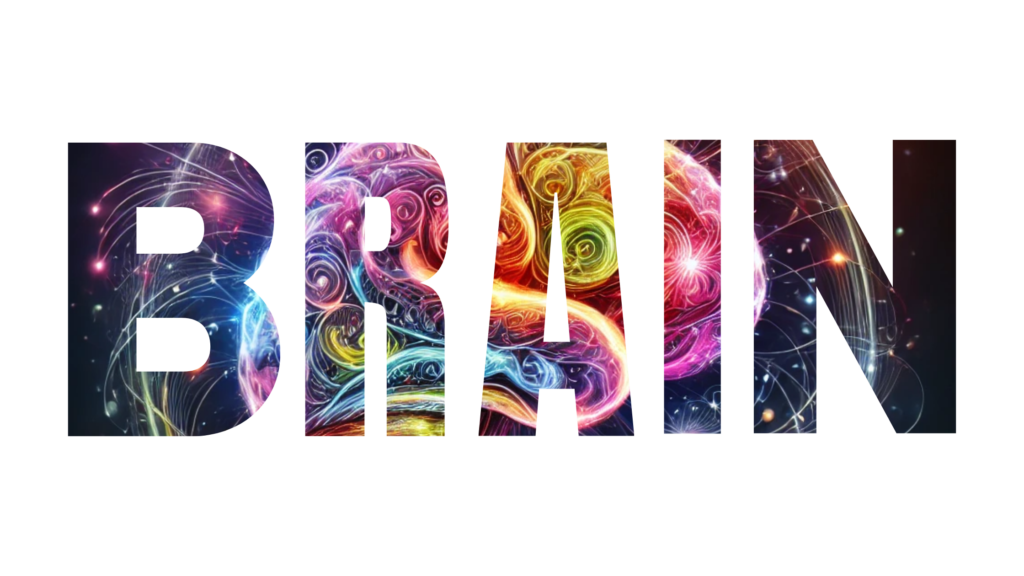
Autism, ADHD, and neurodiversity are now widely recognised and openly discussed—but where were they in the past?
If neurodivergence is a natural part of human variation, as many experts suggest, why don’t historical records mention it? Why weren’t there clear references to people with ADHD or autism hundreds of years ago?
It’s a question that has intrigued historians, psychologists, and medical professionals alike, leading to fascinating insights into how society has interpreted and understood neurodiversity through time.
The Evolution of Diagnosis: Why History Was Silent
One of the biggest reasons we don’t find many historical references to neurodivergence is simple: the language and medical frameworks didn’t exist yet.
Many of the conditions we now recognise were only classified and named in the last century:
• Autism wasn’t formally identified until 1943, when psychiatrist Leo Kanner studied children with specific behavioural traits.
• ADHD (originally called hyperkinetic impulse disorder) only started gaining recognition in the mid-20th century, with the term Attention Deficit Hyperactivity Disorder first appearing in 1987.
Before these formal diagnoses, people with neurodivergent traits were either misunderstood, mislabelled, or simply seen as “different” without a clear explanation.
Their traits may have been described as eccentricity, absent-mindedness, defiance, laziness, or even genius—depending on their circumstances.
Did Society Just Accept Neurodivergent Behaviours?
Another reason we might not see clear evidence of ADHD or autism in historical records is that different time periods had different expectations of behaviour.
For example:
✔️ Pre-industrial societies didn’t expect children to sit still in classrooms for hours. A hyperactive child on a farm or in a workshop might not have stood out as much as they would in a modern school.
✔️ Social differences weren’t always seen as “problems.” If someone was introverted, non-verbal, or obsessed with a particular interest, they may have simply been viewed as “odd” rather than in need of support.
✔️ Rigid schooling and structured workplaces are modern concepts. Traits that make life difficult today—such as restlessness, sensory sensitivities, or difficulty following rigid instructions—may have been less of an issue in earlier societies, where people often worked in family units or pursued independent trades.
Essentially, neurodivergence may have blended more seamlessly into everyday life because expectations were different.
Famous Historical Figures: Were They Neurodivergent?
While we can’t diagnose people from the past, some famous historical figures have been retrospectively linked to ADHD or autism based on their behaviours and recorded traits.
• Albert Einstein – Spoke late, was highly focused on his interests, and struggled with social conventions. Some believe he may have been autistic.
• Leonardo da Vinci – Brilliant but struggled with time management, organisation, and completing projects—traits often linked to ADHD.
• Nikola Tesla – Had intense sensory sensitivities and rigid routines, which some suggest align with autistic traits.
Of course, these are purely speculative—but they highlight how neurodivergent traits have likely existed throughout history, just without the labels we use today.
Misunderstood and Marginalised: The Darker Side of History
Not everyone with neurodivergent traits found a place where they could thrive. Many were ostracised, hidden away, or institutionalised due to lack of understanding and social stigma.
• Autistic individuals were often thought to be possessed, insane, or mentally deficient.
• Hyperactive children were punished, beaten, or forced into harsh labour.
• Sensory issues and social struggles were seen as signs of defiance rather than neurological differences.
In eras where mental illness and disability were poorly understood, those who struggled to fit in often suffered in silence—or were removed from society altogether.
The Victorian era, in particular, saw a rise in asylums and institutionalisation, meaning many neurodivergent people were likely misdiagnosed and confined.
Neurodiversity: A Natural Part of Human Evolution?
Modern research suggests that neurodivergence isn’t just a quirk or a flaw—it’s part of human evolution.
Some psychologists argue that autistic traits and ADHD tendencies may have been advantages in early human societies.
🔹 Attention to detail (seen in autism) may have helped early humans with tracking, tool-making, or strategic thinking.
🔹 Impulsivity and risk-taking (common in ADHD) could have been beneficial in hunting, exploring, and adapting to new environments.
🔹 Deep special interests and hyperfocus could have led to breakthroughs in science, art, and engineering.
The idea is that neurodiversity has always been a part of the human experience—but only in the modern world, with its rigid structures and high social expectations, has it become seen as a challenge rather than a strength. We may not actually be built for this modern world.
Why Does Neurodiversity Seem More Common Today?
One reason autism, ADHD, and neurodiversity seem to be everywhere now is that we are simply better at recognising it.
• Past generations may have gone undiagnosed, misdiagnosed, or forced to “mask” their differences.
• Today, we have more knowledge, better diagnostic criteria, and more acceptance.
• Social media and advocacy have amplified awareness, allowing more people to realise they aren’t just “weird” or “lazy”—they’re neurodivergent.
Increased diagnosis rates don’t mean neurodiversity is new—it means we’re finally seeing what was always there.
A Hidden History of Neurodivergence
So, why don’t we see clear records of ADHD or autism in history?
Because past societies didn’t have the words, knowledge, or understanding to describe what we now recognise as neurodivergence.
Instead of diagnosing, they:
• Adapted to it (when society allowed it).
• Punished it (when they didn’t understand it).
• Ignored it (when it wasn’t a problem).
The truth is, neurodivergent individuals have always been here. They have:
✔️ Created, invented, and revolutionised.
✔️ Struggled, fought, and survived.
✔️ Shaped history—whether history recognised them or not.
And today?
We have the chance to ensure that future generations don’t have to struggle in silence—that they are recognised, supported, and given the space to thrive.
Because while the world has only recently started listening, neurodivergence has always been part of the human story.


Leave a Reply